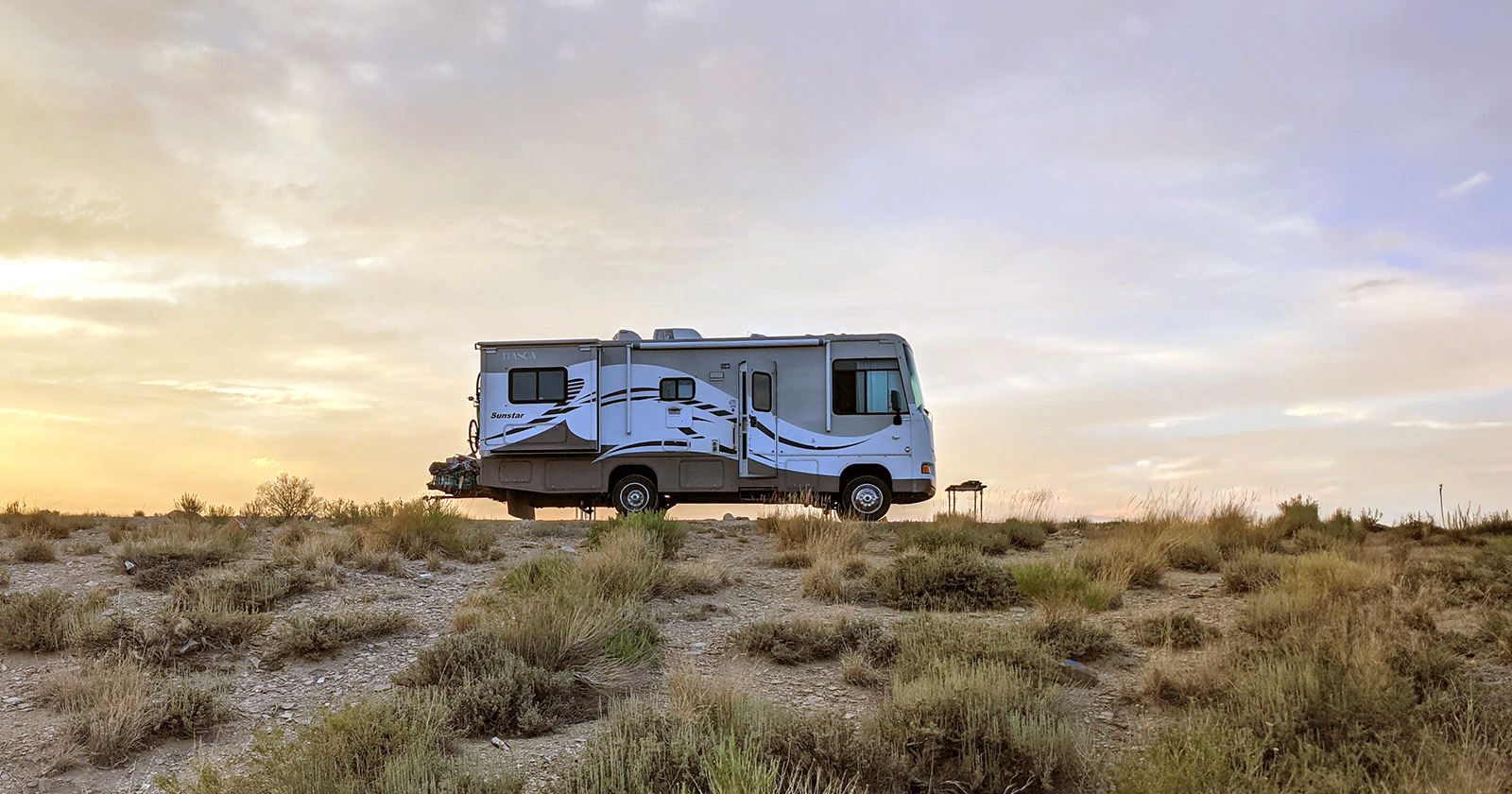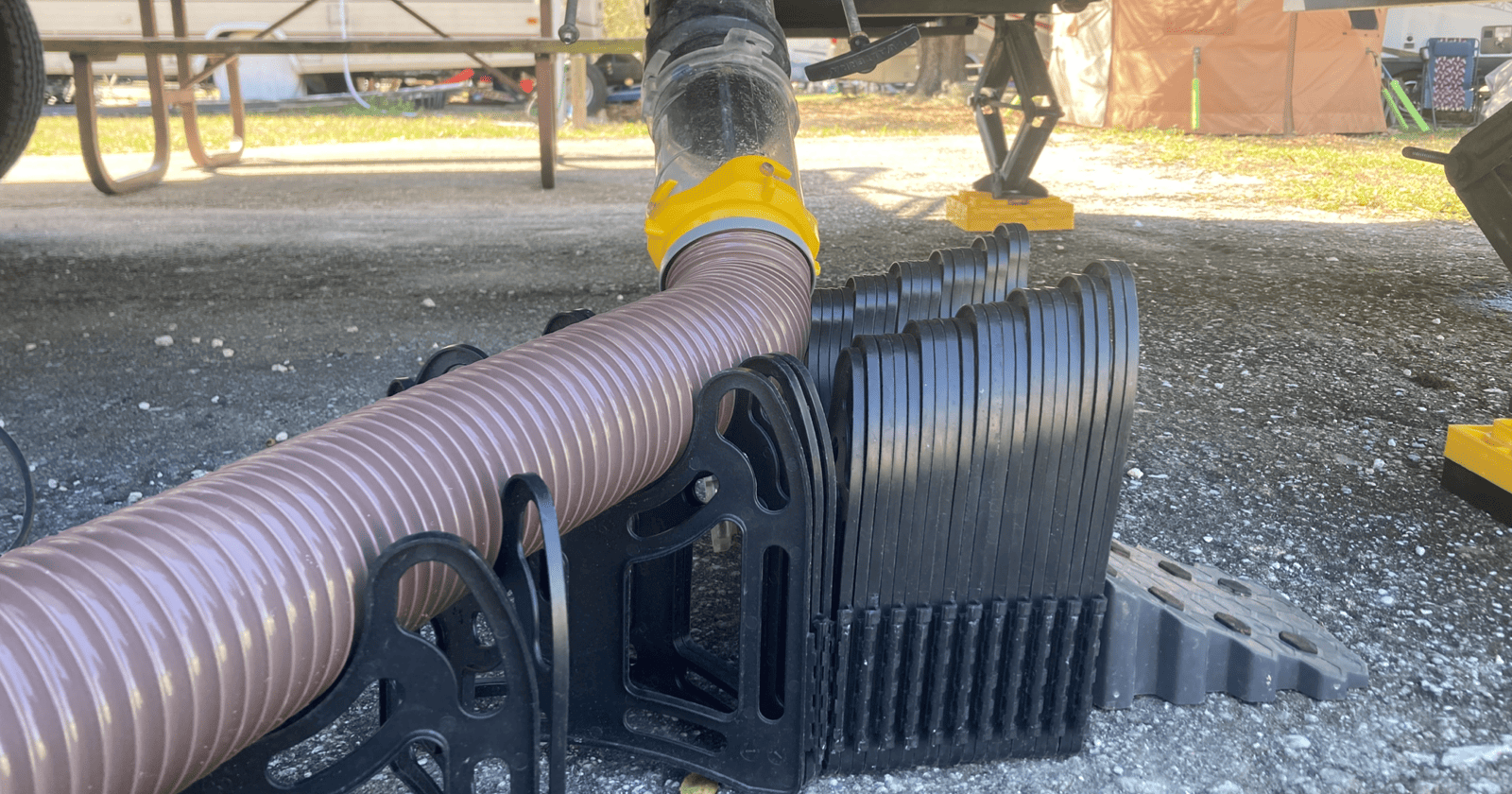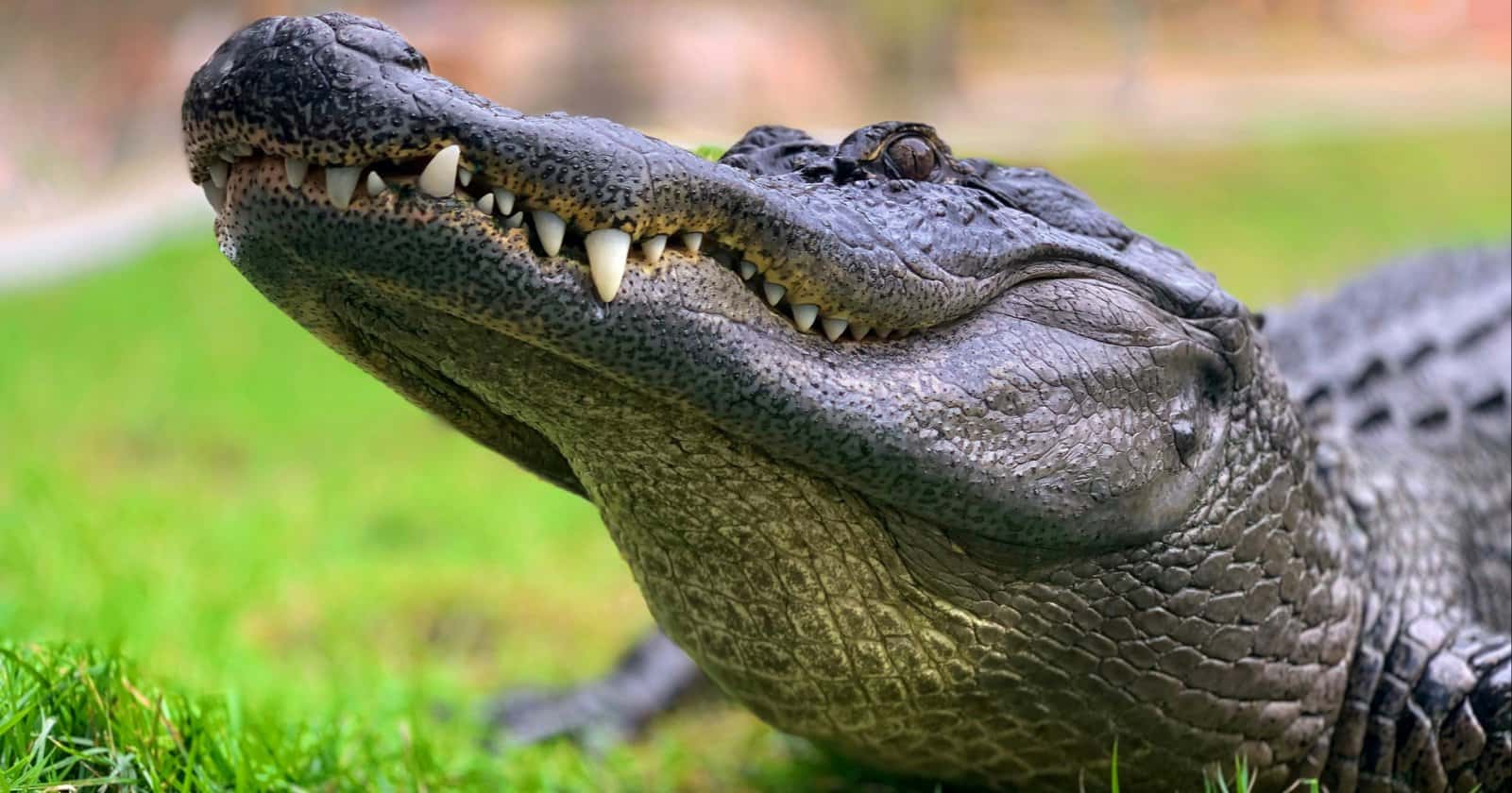Those that have experienced the RV lifestyle know that there are 3 things that are vital to existence: Storage, water and energy. Life in an RV can get complicated without them.
There are times when you are traveling where you cannot plug into anything. This is known as dry camping or “boondocking.” Examples of dry docking are parking overnight at an approved parking lot or public land area.
For situations where you are boondocking or trying to conserve fuel, here are some things you can do or use to heat your camper without electricity.
Staying Warm off the Grid
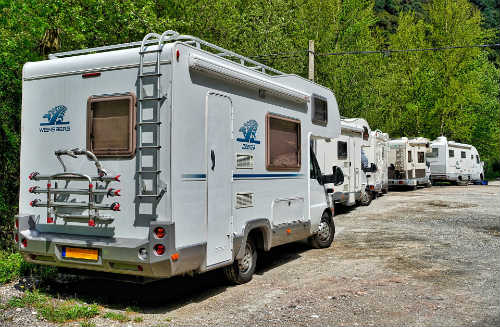
There are many devices you can use to heat your camper without electricity. They rely on your house batteries and other alternative power sources. Combining these strategies will give you the best way to stay warm.
#1 – Easy Fixes
The simplest option is being prepared. Having warm clothing, sleeping bags and blankets stored away should always be in your essentials. Even in the dead of summer, you still want to have those sweaters and blankets for the occasional cool night.
There are many computer websites and apps to help you see what is coming. Snowbirding to the Southern States is a good way to avoid the winter months up north. To keep costs low, there are apps that can help you locate free or low-cost campsites. Many of these free areas make use of public land or retail parking lots.
#2 – Portable Heaters
There are many types of portable heaters you can use to heat a camper without electricity hook up. Experts recommend using electric-based ceramic heaters to minimize a fire hazard. Electric heaters use a minimal amount of electric power conserving your house batteries. There are battery-powered heaters available, but they are small and for personal use. When placing these portable heaters around your RV, keep in mind they can be fire hazards.
- 【Propane RV Water Heater】- Propane Tankless Water Heater on...
- 【Super High Efficiency】-RV water heaters Energy efficient...
- 【Quality Material】-This of ours gas tankless water heater...
- 【Easy Assemble and Use】-The RV water heater needs to be...
- 【Widely Application 】-RV water heaters are more portable and...
Portable propane heaters are also an option. Like the electric version, they can be placed anywhere and use little fuel to work. There are models that are specifically designed for indoor use. While they minimize exhaust, you want to use these in short term periods to avoid carbon monoxide poisoning.
#3 – Wood Stove
Wood burning stoves are available for RVs. They create a minimum amount of smoke that can be piped through a window. Floor mounted and wall mounted units are available. You will need to insulate the unit to protect from fire.
If you want that fireplace feel, newer models have faux fireplaces installed in them. If not, they are self-contained and easy to install. These electric-based devices do give off heat and use LED lighting to give you the feel of a real fire. Some more expensive models allow you to change the color of the flames for whatever mood lighting you prefer.
- Cook on an indoor cast iron stove capable of reaching...
- Comes equipped with a 2-piece safety handle that remains cool and...
- Large enough to fit logs of up to 19 inches in length to keep...
- Use the integrated 6.25 inch cooking surface on top of the stove...
- Stands at 33 inches long and 18.5 inches wide with 23 inches of...
#4 – Heat Pump
Heat pumps are efficient at heating your camper. They take heat from outside your RV and transfer it inside where it is needed. They can give off up to four-times the amount of heat that portable heaters can. They are best suited for spring or fall temperatures. They do not work well with freezing temperatures.
- - Low Amp Draw - The RecPro RV Air Conditioner is designed to use...
- - Heating and cooling capacity - Keep your temperature regulated...
- - Dehumidifying Function - Say goodbye to muggy weather! This...
- - Quieter than Competitor's - At only 59.1 decibels on high, the...
- - Superior Functionality - Comes with a easy-to-use remote...
#5 – Solar Heating Box
A solar heating box is another option for heating your camper without electricity. They can be installed through a window on your stationary RV. The adjustable reflective panel that harnesses sunlight lays against your coach. They are affordable to build and you can find instructions on how to build them online.
- COMPACT, TOUGH, AFFORDABLE, DURABLE, LIGHTWEIGHT
- Connects to your RV water heater to heat with the sun - no...
- Fast and Easy Installation, no soldering
- Includes Solar Water Heating Panel, Circulation Pump, Tubing,...
- Independent of RV power
Keeping the Heat Inside
Once you have chosen your heating strategy to heat your camper without electricity, there are many things you can do to minimize your heat loss. Part of heating your camper is to keep the heat contained.
#1 – Regular Maintenance
Heat is lost through gaps in your seals. The worst culprits are windows, vents and slide-out edges. Make sure you are using a rubber lubricant on your seals to prevent them from becoming rigid.
Other techniques to keep the heat inside is to add insulation to your walls.. Blown in insulation can get into those hard to reach areas to create better protection without having to tear out the interior walls. Fiberglass or hard foam types could work for you as well.
#2 – Insulate Windows
The biggest leaks can come through the windows. Covering the windows with rugs and blankets can be great insulating materials to prevent this. There are also reflective films and bubble insulation that you can cover them up with as well.
#3 – Insulate or Seal Vents
Venting through the roof or floors can also be a source of cold air coming through. To insulate them, there are reflective films that you can place inside the vents to protect against leaking. Styrofoam, cut to size also works as well. For better protection, you can also use painters tape to seal up the vents. They create a good seal and the glue on the tape will not damage your walls.
#4 – Insulate Doors
Shrink wrapping your doors are a great way to stop cold air from coming through. Use double-stick tape to secure plastic wrap around the door. Once you have wrapped everything, you can use a hair dryer to heat the plastic to create a good seal.
Another suggestion is to buy insulated snakes. These are long, flexible tubes that are filled with cloth. You can place these at the bottom of the door as a barrier from cold air coming through. You can also use these around your slide-outs and other areas that need extra protection.
Alternative Power
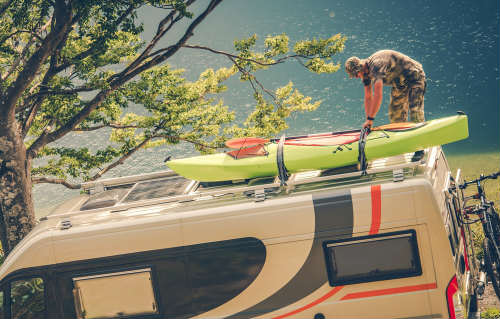
To heat your camper without electricity will require some type of power source. Even if you cannot plug into an exterior electric hub, these alternatives can work just as well.
#1 – House Batteries
House batteries are a bank of batteries used specifically for powering the electrical systems inside your camper. They can be charged from generators or solar panels. Installing a battery monitor is a good way to get the best use out of them.
- Read your battery bank like a fuel gauge, battery status at a...
- Combines many functions in one, these information leads to more...
- State of Charge (%),The remaining battery capacity ( up to...
- Data storage - designed to automatically store the last testing...
- Universal Battery Monitor- voltage range 8V-100V and up to 350A
To give you some perspective, a 200 amp service battery bank can run about a day without recharging. 400 amps can double or triple your power and 600 could give you almost a week of power. These estimates can vary depending on your power usage.
#2 – Gas Generator
Most class A and some class C motorhomes have built in gas generators that feed off of your main gas tank. Newer RVs have a safety feature that turns off your generator when your gas tank reaches a quarter tank. This will make sure you have enough fuel to get you to the next gas station. If you do not have an installed generator, portable generators work just as well. They are fuel efficient in that they can run for hours of a gallon of gas.
Depending on the size, your generator should run everything in your RV. Many new RVs have 50 amp service, but there are still plenty on the road with 30 amp service. Make sure you are not overloading your system with to many electrical devices turned on. This will pop breakers and fuses.
Gas generators can be loud and your neighbors may complain about the noise. One good strategy is to increase your house batteries and only use the generator for recharging purposes.
- 2550 Peak Watts and 1800 Rated Watts at Less Than 3% THD –...
- Great Choice for Home Use as an Emergency Backup in a Power...
- Extremely Quiet, Extremely Fuel Efficient: As Low As 52 dBA Noise...
- Led Data Center: Rotating Digital Display Shows Fuel Level, Power...
- All Westinghouse Portable Generators are Functionally Tested in...
#3 – Solar Panels
There are misconceptions that people have about solar panels. They do not actually power your camper. What they actually do is charge your house batteries. The most affordable option are panels that can be setup on a tripod next to your RV. These portable panels do not charge as much or as fast as bigger panels.
Installed panels on your roof can be installed yourself or professionally. Solar panels are lightweight, but older RVs may have to have their roof reinforced. When you consider having solar panels installed, research their capacity. Your goal should be to match total panel capacity to the charge needed for your house batteries. Many new trailers and fifth wheels have adapters installed for portable solar panels.
- [ Proven Durable Quality ] - Daily output 1000wh depends on the...
- [ Versatile ] - Basic generator component for 12V/24V battery...
- [ Durable ] - Withstand high wind (2400Pa) and snow loads...
- [ Feature ] - Each solar panel comes with a pair of 35 inches...
- [ Easy to Install ] - Plug & play designed Connector in the...
Heating Your Water Lines
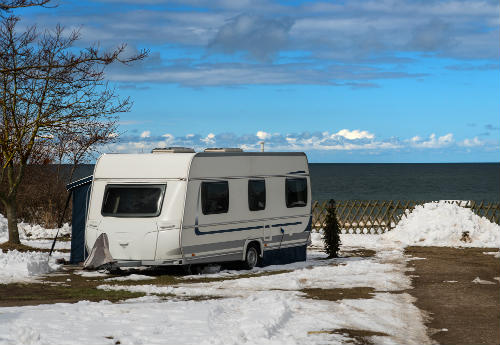
When you decide on your strategy to heat your camper without electricity, do not forget about your storage bay area. There are things under your floor that cold temperatures can damage.
Your plumbing is piped under your floor. While you can be warm inside the living area, if it’s cold enough, your pipes and storage tanks can freeze. We recommend placing a portable heater in your pass through bays to prevent the water from breaking your pipes and tanks if you have not winterized your lines. Keeping your basement storage area heated keeps your floors warm as well.
If you are storing your RV for the off-season, wintering it is recommended. Even if you are storing in warmer weather, winterizing your lines and tanks can prevent bad things from occurring. Mold and bacteria can develop while not in use. You will want to take steps to protect your investment.
There are similar steps you can take to cool your camper without electricity. Your RV is designed to act as a wind tunnel. Parking your coach to minimize direct sunlight and opening strategic windows to maximize air flow is one effective technique. Air conditioning window units and fans are some other options.
Product data was last updated on 2024-04-26 at 07:08.








